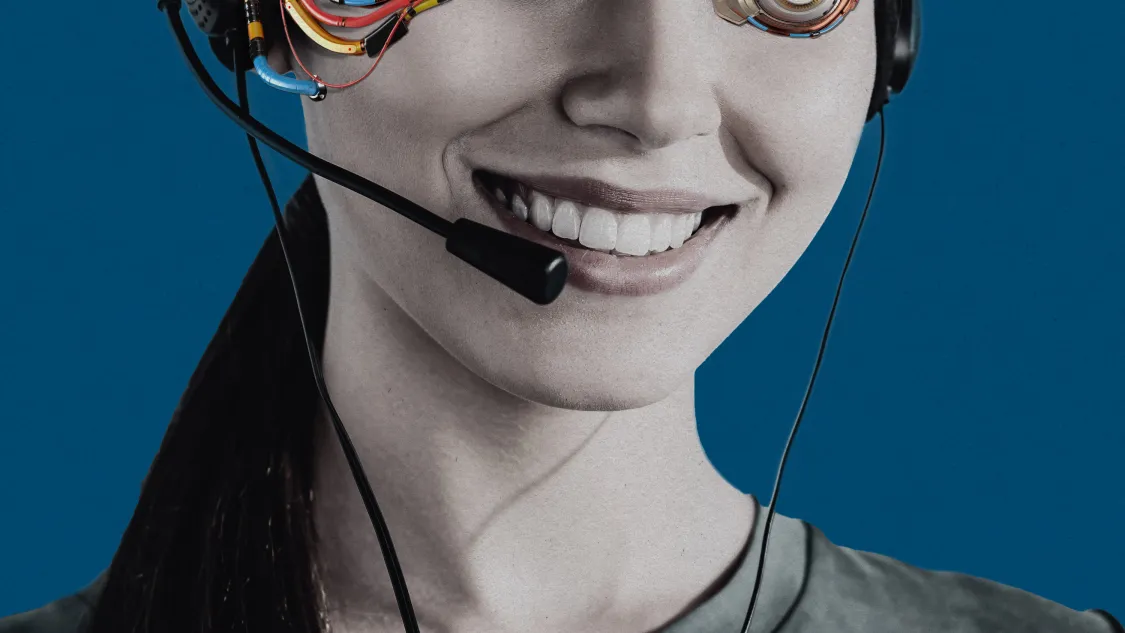
By James O’Donnell December 24, 2024
Collected at: https://www.technologyreview.com/2024/12/24/1109523/the-humans-behind-the-robots/
Here’s a question. Imagine that, for $15,000, you could purchase a robot to pitch in with all the mundane tasks in your household. The catch (aside from the price tag) is that for 80% of those tasks, the robot’s AI training isn’t good enough for it to act on its own. Instead, it’s aided by a remote assistant working from the Philippines to help it navigate your home and clear your table or put away groceries. Would you want one?
That’s the question at the center of my story for our magazine, published online today, on whether we will trust humanoid robots enough to welcome them into our most private spaces, particularly if they’re part of an asymmetric labor arrangement in which workers in low-wage countries perform physical tasks for us in our homes through robot interfaces. In the piece, I wrote about one robotics company called Prosper and its massive effort—bringing in former Pixar designers and professional butlers—to design a trustworthy household robot named Alfie. It’s quite a ride. Read the story here.
There’s one larger question that the story raises, though, about just how profound a shift in labor dynamics robotics could bring in the coming years.
For decades, robots have found success on assembly lines and in other somewhat predictable environments. Then, in the last couple of years, robots started being able to learn tasks more quickly thanks to AI, and that has broadened their applications to tasks in more chaotic settings, like picking orders in warehouses. But a growing number of well-funded companies are pushing for an even more monumental shift.
Prosper and others are betting that they don’t have to build a perfect robot that can do everything on its own. Instead, they can build one that’s pretty good, but receives help from remote operators anywhere in the world. If that works well enough, they’re hoping to bring robots into jobs that most of us would have guessed couldn’t be automated: the work of hotel housekeepers, care providers in hospitals, or domestic help. “Almost any indoor physical labor” is on the table, Prosper’s founder and CEO, Shariq Hashme, told me.
Until now, we’ve mostly thought about automation and outsourcing as two separate forces that can affect the labor market. Jobs might be outsourced overseas or lost to automation, but not both. A job that couldn’t be sent offshore and could not yet be fully automated by machines, like cleaning a hotel room, wasn’t going anywhere. Now, advancements in robotics are promising that employers can outsource such a job to low-wage countries without needing the technology to fully automate it.
It’s a tall order, to be clear. Robots, as advanced as they’ve gotten, may find it difficult to move around complex environments like hotels and hospitals, even with assistance. That will take years to change. However, robots will only get more nimble, as will the systems that enable them to be controlled from halfway around the world. Eventually, the bets made by these companies may pay off.
What would that mean? One, the labor movement’s battle with AI—which this year has focused its attention on automation at ports and generative AI’s theft of artists’ work—will have a whole new battle to fight. It won’t just be dock workers, delivery drivers, and actors seeking contracts to protect their jobs from automation—it will be hospitality and domestic workers too, along with many others.
Second, our expectations of privacy would radically shift. People buying those hypothetical household robots would have to be comfortable with the idea that someone that they have never met is seeing their dirty laundry—literally and figuratively.
Some of those changes might happen sooner rather than later. For robots to learn how to navigate places effectively, they need training data, and this year has already seen a race to collect new data sets to help them learn. To achieve their ambitions for teleoperated robots, companies will expand their search for training data to hospitals, workplaces, hotels, and more.

Leave a Reply